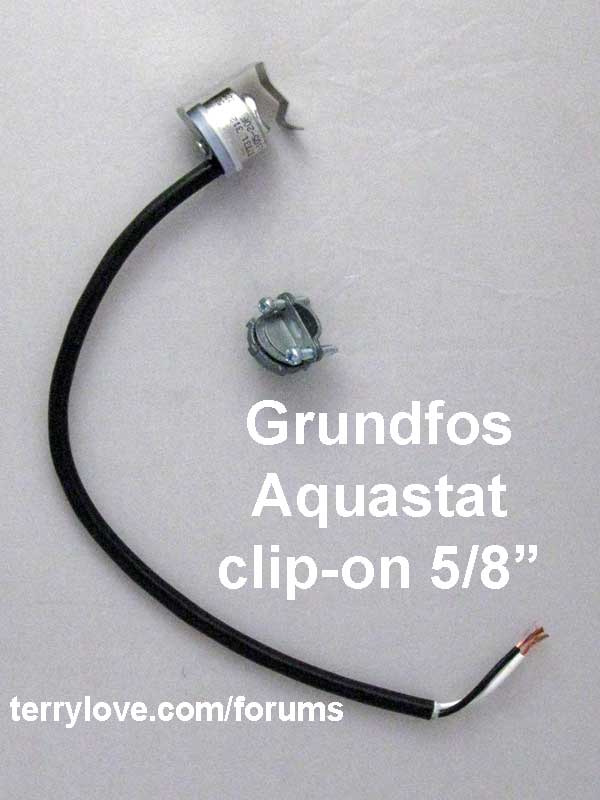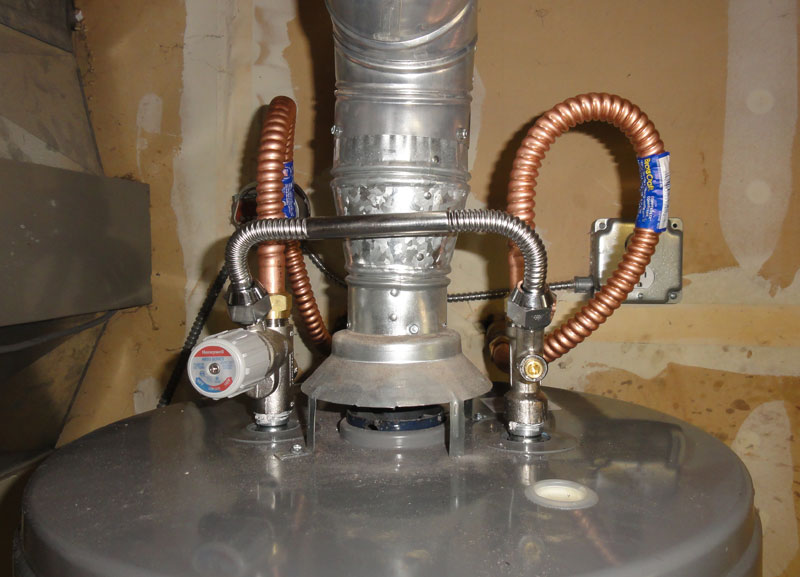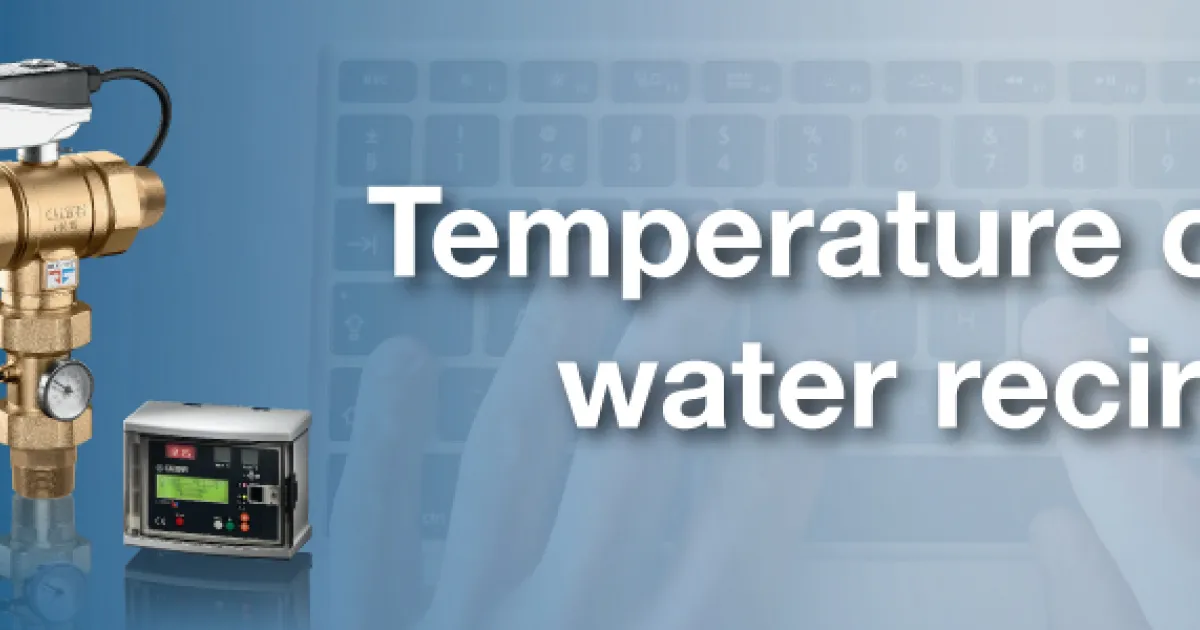BILLIARD
In the Trades
A customer has a large house and it takes a long time to deliver hot water to the farthest fixture in the house. In the past I have successfully installed the Watts (or Grundfros) Recirc pump system at the water heater. However we also want to install a mixing valve/tempering valve at the water heater.
Typically the recirc pump gets installed on the hot outlet of the heater and a manifold gets installed under the farthest sink from the heater.
Question: Has anyone done this? and if so, successfully? Then where does the recirc pump go in relationship to the tempering valve?
Thank you in advance
Typically the recirc pump gets installed on the hot outlet of the heater and a manifold gets installed under the farthest sink from the heater.
Question: Has anyone done this? and if so, successfully? Then where does the recirc pump go in relationship to the tempering valve?
Thank you in advance



